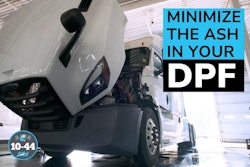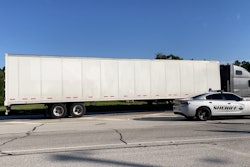Effective fleet maintenance management is essential for ensuring the smooth operation of vehicles and minimizing downtime.
Analyzing breakdown percentages and failure categories plays a crucial role in identifying areas of improvement, implementing preventive measures and optimizing maintenance practices.
Breakdown percentages
By monitoring breakdown percentages – the frequency at which vehicles in a fleet experience failures or breakdowns – fleet managers can identify patterns and trends that can help optimize maintenance practices. Regularly tracking these percentages enables fleet managers to determine the most common failure points and allocate resources accordingly. It also allows them to assess the effectiveness of preventive maintenance measures and make necessary adjustments.
To calculate breakdown percentages, fleet managers should keep detailed records of breakdown incidents, including recording the total number of breakdowns and dividing it by the total number of vehicles or miles/hours driven within a specific period. Analyzing breakdown percentages over time can provide insights into the overall reliability of the vehicles in the fleet and help identify areas where additional attention is required.
Miles/hours between failure analysis
Analyzing the distance (or time) between failures helps fleet managers understand the reliability and durability of various components and systems. This analysis provides valuable information for establishing maintenance intervals, optimizing replacement schedules and identifying potential reliability issues.
By examining the miles or hours between failures for specific parts or systems, fleet managers can determine the average lifespan of those components. For example, tracking the lifespan of tires can help determine the optimal replacement schedule, ensuring that tires are changed before they become a safety hazard. This analysis also aids in identifying potential warranty claims and monitoring the performance of specific suppliers or manufacturers.
Root cause analysis
Root cause analysis involves investigating the underlying reasons for failure. It aims to identify the primary factors that contribute to breakdown. By understanding the root causes, fleet managers can implement corrective actions to prevent similar failures in the future.
Root cause analysis typically involves gathering data, conducting inspections, reviewing maintenance records and utilizing techniques such as the "5 Whys" to delve deeper into underlying issues. For example, if a particular system experiences frequent failures, a root cause analysis may reveal issues with maintenance practices, inadequate training or design flaws in the component itself. Addressing the root causes can help improve reliability and reduce the occurrence of breakdowns.
Failure categories
Categorizing failure is crucial for organizing and analyzing maintenance data effectively. Common failure categories in fleet management include tires, aftertreatment systems, liftgates, electrical components, engines, transmissions, brakes and suspensions. Categorizing failures allows fleet managers to identify areas that require more attention, allocate resources appropriately and track performance over time.
By categorizing failures, fleet managers can prioritize maintenance efforts and allocate resources based on the criticality of each category. For instance, if the data reveals a high percentage of breakdowns in the electrical category, additional resources can be allocated to improve electrical system inspections and maintenance practices.
All of these practices enable fleet managers to make data-driven decisions, optimize maintenance schedules, and enhance the overall performance of the fleet. By consistently monitoring breakdown percentages, conducting thorough root cause analyses and categorizing failures, fleet managers can identify areas of improvement and implement proactive measures to minimize breakdowns, reduce costs and maximize the lifespan of their vehicles and components.












